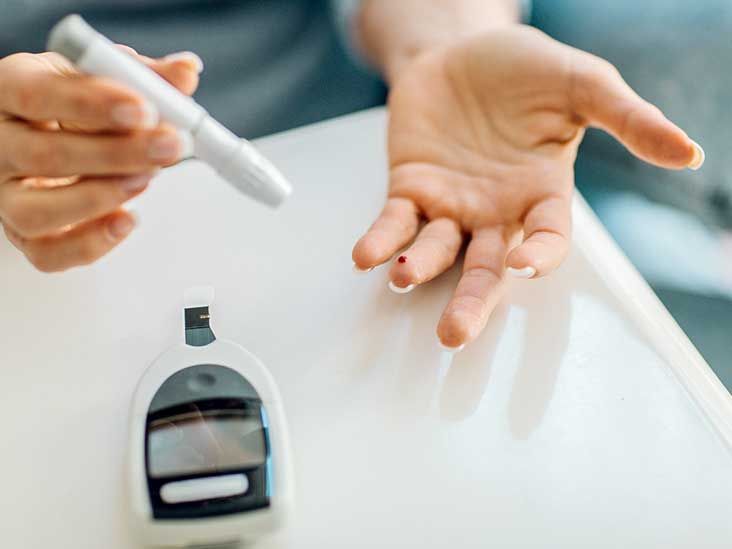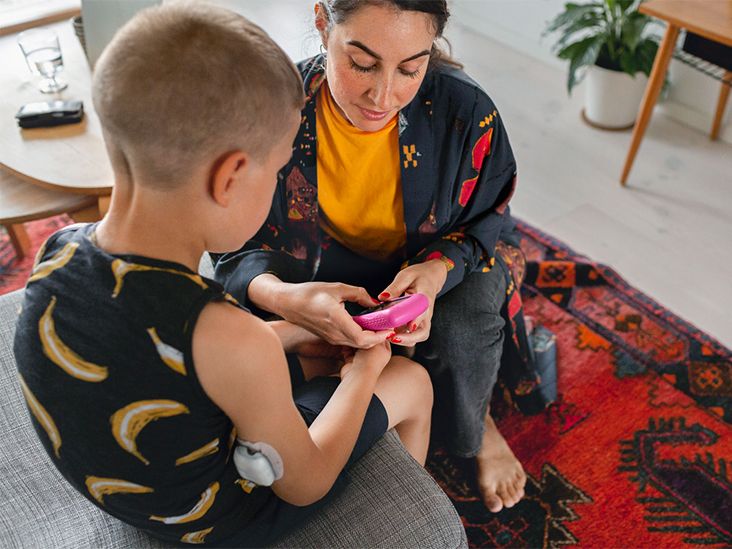Quinoa has a low glycemic index of around 53, so it won’t cause a dramatic spike in blood sugar. It also has a high fiber content, which can be beneficial for people with diabetes.
Quinoa (pronounced KEEN-wah) is a popular grain that is also a nutritional powerhouse. Compared with many other grains,
- protein
- antioxidants
- minerals
- fiber
It’s also gluten-free. This makes it a healthy alternative for people who are sensitive to glutens found in wheat.
You can eat quinoa by itself or substitute quinoa in recipes that call for other grains.
While it’s eaten like a grain, quinoa is actually a seed. According to researchers, there are many different varieties, but the most widely sold are white, red, and black quinoa.
Because of its high fiber and protein content, quinoa makes you feel full for longer.
Studies have found that quinoa can help lower your risk of high blood pressure and high cholesterol, although more research is needed.
Managing your diet is an important part of controlling your blood sugar.
Healthy meal plans will include foods rated at medium to low on the glycemic index. Foods that are high on the index will cause a spike in blood sugar. A glycemic index of 55 or below is considered low.
Quinoa has a glycemic index of around 53, meaning it won’t cause as dramatic a spike in blood sugar. This is because it contains fiber and protein, both of which slow the digestion process.
Most grains don’t have all the amino acids needed to make a protein. However, researchers have found that quinoa contains all the essential amino acids, making it a complete protein.
The dietary fiber content in quinoa is also higher than the content of many other grains. This means that quinoa can be particularly beneficial for people with diabetes since fiber and protein are considered important for controlling blood sugar.
Managing total carbohydrate intake per meal is very important for blood sugar regulation. One cup (185 grams) of
The American Diabetes Association recommends picking grains with the highest nutritional value for your carbohydrate servings. Quinoa is a good option.
Your daily or weekly serving may depend on whether you’re using the plate method, glycemic index, or the exchange or gram counting system to keep track of meals.
Generally, 1/3 cup of cooked quinoa counts as one carbohydrate serving, or about 15 grams of carbohydrate. If you’re not sure how quinoa will fit into your meal plan, a dietitian can help.
According to research, quinoa naturally grows with a bitter coating to discourage pests. Most varieties sold in grocery stores have been prewashed to get rid of the bitter taste. A quick rinse at home with cold water and a strainer can remove any leftover residue.
If you can make rice, you can prepare quinoa. Simply combine it with water, boil, and stir. Wait 10 to 15 minutes for it to become fluffy. You can tell it’s done when the small white ring separates from the grain.
You can also make it in a rice cooker, which is a quick and easy way to prepare the grain.
Quinoa has a slightly nutty flavor. This can be made stronger by dry roasting it before cooking. Once you’ve cooked it, try adding:
- fruits
- nuts
- vegetables
- seasonings
Quinoa is high in both protein and fiber, making it a healthful addition to your diet.
Research shows that it may also help you control your blood sugar and cholesterol. It can be prepared in a variety of ways, such as with fruits and nuts. It’s good at any time of day, so enjoy it whenever you want!









